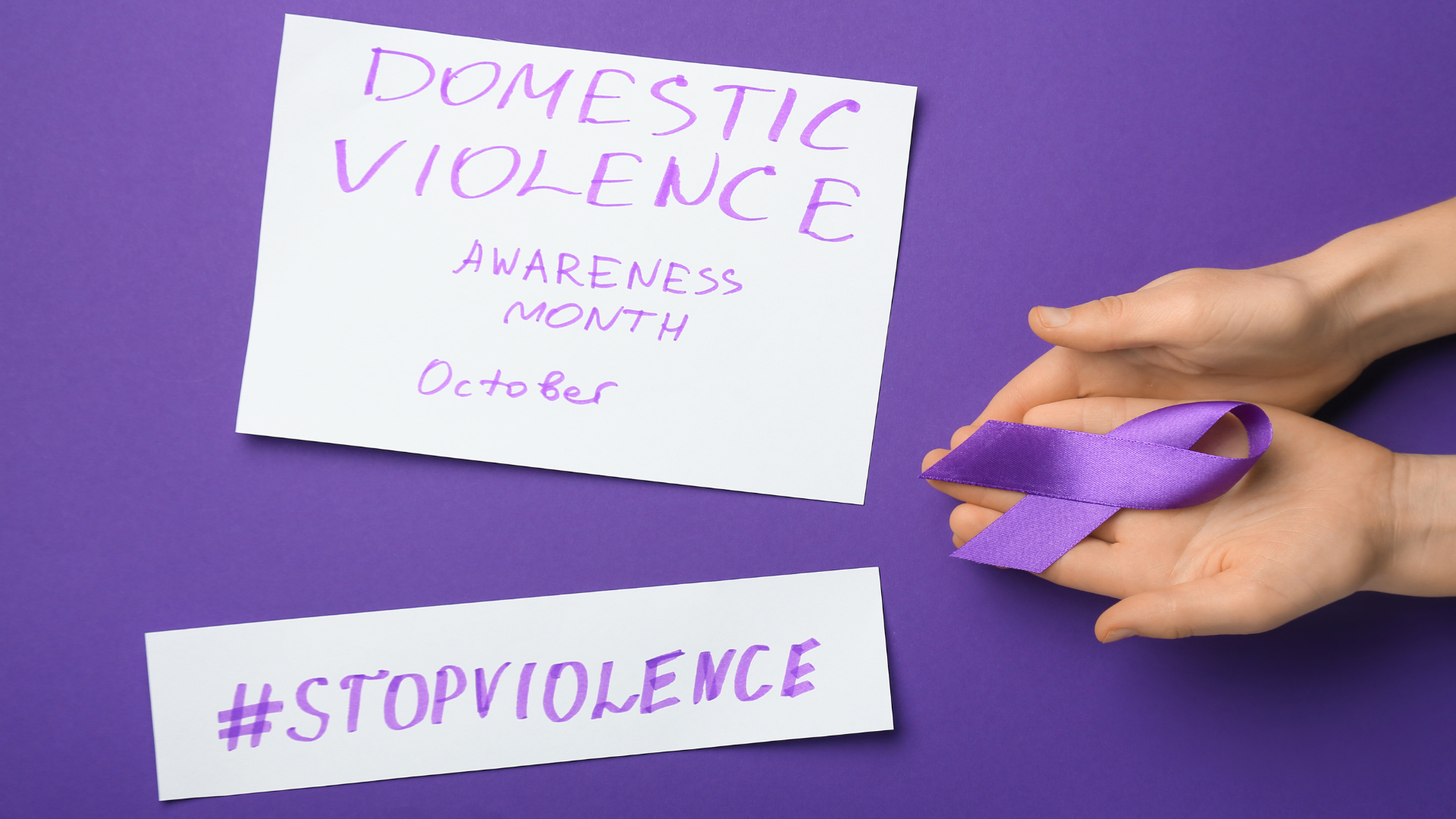“Situational awareness means being aware of what is happening around you, and understanding how information, events and one’s own actions will impact the situation, both immediately and in the near future.” – Shelley Klingerman, Vigilance: The Savvy Woman’s Guide to Personal Safety, Self-Protection Measures, and Countermeasures
At Stiletto Agency, we talk a lot about Situational Awareness, because when it comes to personal safety, it is one of the best ways to keep yourself safe. However, it is not something that is developed overnight. It requires practice and an active mindset. Here are a few of our tips and some habits you can develop to help yourself become more situationally aware.
Scan Your Surroundings
One of the biggest parts of Situational Awareness is learning how to actively scan your surroundings and notice the warning signs of a dangerous situation. This is especially true when you are in a new situation or environment. However, even if you are somewhere familiar, it is still important to always be on alert.
Take notice of the people around you. Do they seem normal or are they acting suspiciously? Is there anything happening around you that doesn’t seem right? Take a mental note of where your exits are and how to get to them, just in case. Eventually, this will become a natural process that you do everywhere you go.
Become a Hard Target
Predators want an easy target. Someone who looks weak, confused and unaware. So, one of the best ways to keep yourself safe in any situation is to become a hard target. Look and act confident, even when you aren’t. Keep your head up, shoulders back and always look around and appear alert. Body language plays a huge role in the way others perceive us and can be the thing that ultimately protects you.
Minimize Distractions
If you’re distracted, you’re not practicing situational awareness. How often do you walk down the street with your phone in hand, listening to music or scrolling social media? By doing this, you’re not paying attention to what is going on around you and leaving yourself open to being attacked. It’s important that when you go anywhere, you minimize the distractions and keep yourself focused on what’s happening around you.
Protect Your Back
Attackers often get to their victims by sneaking up behind them. We don’t have eyes in the back of our head and our back is one of our biggest blind spots. Utilize walls and other barriers to protect your back while also maximizing your field of vision to scan your surroundings. You can also get creative. For example, using your phone as a mirror to see what is behind you is an easy, lowkey way to have 360-degree awareness.
Visualize Scenarios
Practicing situational awareness also means being prepared for any dangerous situation you might encounter. To do this, start playing out different scenarios in your head. Before you enter a situation start asking yourself questions like, “If I were to be attacked here, how would I react? What would I do and how would I escape?” While you hope none of these scenarios ever happen in real life, visualizing your response keeps you better prepared and helps you pay closer attention to warning signs.
Trust Your Gut
Ultimately, trust your gut. If you are scanning your surroundings and start to feel uneasy about something, don’t just brush it off. There is more than likely a valid reason to why you are feeling that way. That gut feeling is an instinct meant to protect you. It’s always better to be cautious rather than putting yourself at risk.
Get Your Situation Awareness Specialist® Certification with Stiletto Agency
If you’re interested in taking charge of your own personal safety, Stiletto Agency’s founder Shelley Klingerman offers a Situational Awareness Specialist Training & Certification. This program has been designed to educate women in the discipline of situational awareness and create someone who is capable of understanding and dealing with the dynamics of random and potentially threatening events. Learn more and contact us to schedule your training!






